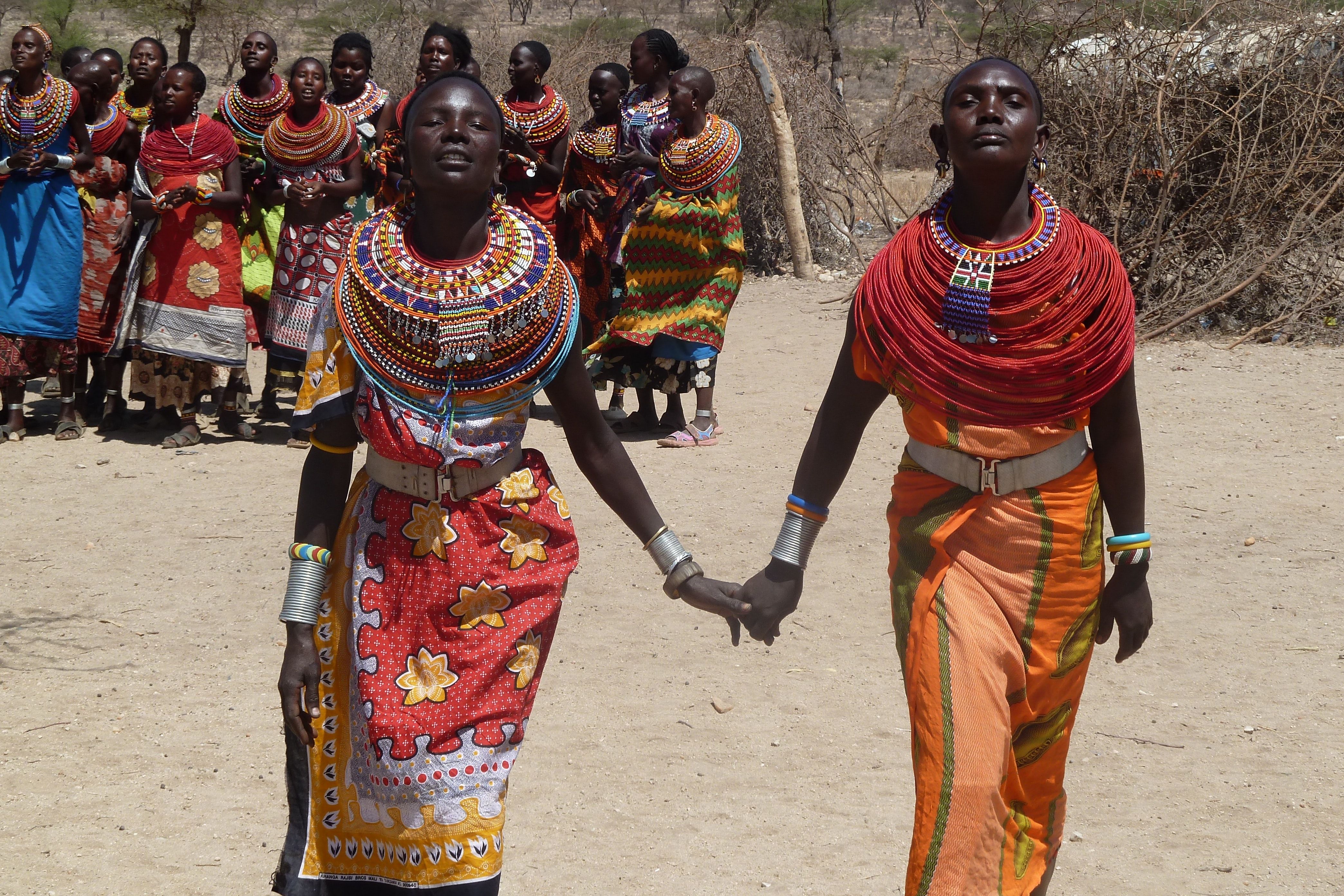PrEP Use Inhibitors of Adolescent Girls and Young Women in Kenya and South Africa
Social factors, such as stigma or support, strongly impacted adolescent girls and young women deciding to use HIV PrEP in Kenya and South Africa.

HIV is the leading cause of death for women (15-49 years of age), with 1000 new infections occurring each day in adolescent girls and young women across the world.
Investigators from the Desmond Tutu HIV Centre at the University of Cape Town identified factors that complicate reducing HIV infection among adolescent girls and young women (AGYW), including lack of communication between men and women on sexual health issues, gender inequality and violence in sexual relationships, difficulties negotiating condom use, and overall low awareness of HIV vulnerability in AGYW.
Consistent use of pre-exposure prophylaxis (PrEP) is 95% effective at reducing HIV infection. A recent qualitative study examined factors that either inhibit or facilitate AGYW PrEP users in Kenya and South Africa. The study, “Adolescent girls and young women’s PrEP-user journey during an implementation science study in South Africa and Kenya,” was originally published in PLOS One.
Participants were selected from the Prevention Optics for Women Evaluation Research (POWER) study, which looked to develop PrEP delivery strategies for young women in Africa. Eligible participants were HIV-negative cisgender women 16-25 years of age who had been sexually active at least once in the last 3 months.
The study consisted of 33 focus groups and 104 in-depth interviews that ranged from 45 minutes to 2 hours in length. Interviews were conducted in local languages, and the participants discussed opinions and experiences surrounding PrEP using fictional personas.
A total of 137 participants were interviewed, 46 from Johannesburg, 43 from Cape Town, and 48 from Kisumu, Kenya. The average age of AGYW was 21. The majority, 81% were unmarried with a partner. 60% did not know the HIV status of their partner, 5% had a partner living with HIV, and 36% had an HIV-negative partner. 49% lived with parents, 25% lived with other family, and 17% lived with their sex partner. 47% reported alcohol use, and 64% had gonorrhea and/or chlamydia when they joined the study.
Knowledge of PrEP was low in the study group, and most had learned about PrEP after their referral to the POWER study for sexual health services. Participants generally were very positive about PrEP, with many noting the safety and freedom it granted. Participants who began PrEP after study enrollment felt it was a personal decision that did not merit a conversation with family members or sexual partners.
PrEP stigma or misinformation influenced by families or communities led participants to delay or refuse the medication, but seeing peers using PrEP at the clinic facilitated uptake. Ultimately, support systems or lack thereof were a crucial factor in AGYW PrEP uptake.
PrEP use was commonly paused, restarted, or discontinued among this study population. 59% of participants paused or stopped using PrEP in the first 3 months. Perceived side effects, burden of daily usage, stigma or disapproval, and fear of partner violence or breakup were all reasons given for discontinuing PrEP. Those who did continue to consistently use PrEP felt empowered and a sense of agency in their sexual relationships. Some participants intentionally paused usage while at a period of decreased HIV risk, which reduced pill-taking fatigue.
From their results, the investigators concluded that PrEP providers should expect and accept seasons of risk that lead to ebbs and flows in PrEP usage among adolescent girls and young women.
